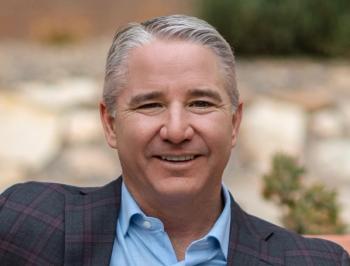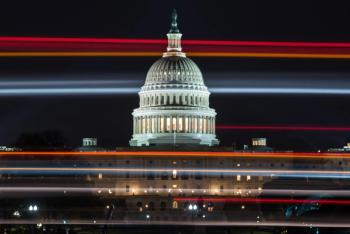
With CDC advisory panel disbanded, doctors fear impact: ‘Long live hospital infections’
Healthcare leaders are denouncing the move to terminate the Healthcare Infection Control Practices Advisory Committee, which sets standards to protect patients and staff.
The Healthcare Infection Control Practices Advisory Committee probably isn’t well known to the general public, but healthcare leaders say the committee has played a valuable role in protecting patients and hospital staff.
The committee advises the Centers for Disease Control and Prevention on standards to prevent infections in hospitals, outpatient clinics and other healthcare settings. President Trump’s administration has opted to terminate the advisory body, and healthcare leaders warn that’s a major mistake.
Four groups focused on infectious diseases have all implored the CDC to reinstate the committee: The Infectious Diseases Society of America, The Society for Healthcare Epidemiology of America, the Association for Professionals in Infection Control and Epidemiology, and the Pediatric Infectious Diseases Society.
In a
Infectious disease experts note the termination of the committee is particularly ill-timed.
“The decision to terminate HICPAC creates a preventable gap in national preparedness and response capacity, leaving healthcare facilities without timely, evidence-based and expert-driven recommendations at a time when threats from emerging pathogens and antimicrobial resistance are on the rise,” the four societies said.
Eric Feigl-Ding, an epidemiologist and health economist, said in a post on X that the committee helped develop safety standards used in most U.S. hospitals, including guidelines on hand washing and mask wearing.
In a critical
Dr. Syra Madad, chief biopreparedness officer for NYC Health & Hospitals, wrote in a
“For decades, HICPAC has provided trusted, evidence-based guidance to prevent infections and protect patients and healthcare workers,” Madad wrote. “Its loss risks lives. Reinstatement is critical.”
In an
“Without it, hospitals and public health professionals risk fragmentation in their infection control practices. The development and dissemination of national guidelines may fall behind emerging threats,” she wrote.
The dissolution of the committee also comes just as it was poised to revise guidance to prevent the transmission of infectious agents in healthcare settings, Stoltzfus wrote. The guidelines hadn’t been updated since 2007.
Alexander Sundermann, an assistant professor of epidemiology at the University of Pittsburgh, warned of the consequences of terminating the advisory body in a
“As we face rising antimicrobial resistance, new and re-emerging pathogens, and an overburdened healthcare system, the need for unified, evidence-based infection prevention has never been greater,” Sundermann wrote. “Now is not the time to dismantle an effective public health tool we have counted on for decades.”
President Trump’s administration has launched a sweeping reorganization of federal health programs and
Public health leaders have warned that many of the cuts are dismantling programs to enable healthcare organizations and health agencies to prepare for future threats and respond to emergencies. The Trump administration also moved
Tom Cotter, CEO of the Health Response Alliance, told Chief Healthcare Executive® in
The Trump administration has proposed eliminating the Hospital Preparedness Program, which provides aid to hospitals to plan and respond to public health emergencies.
Cotter has warned that’s a crucial program because it is “the funding stream for all things emergency preparedness at health care facilities.”
















































